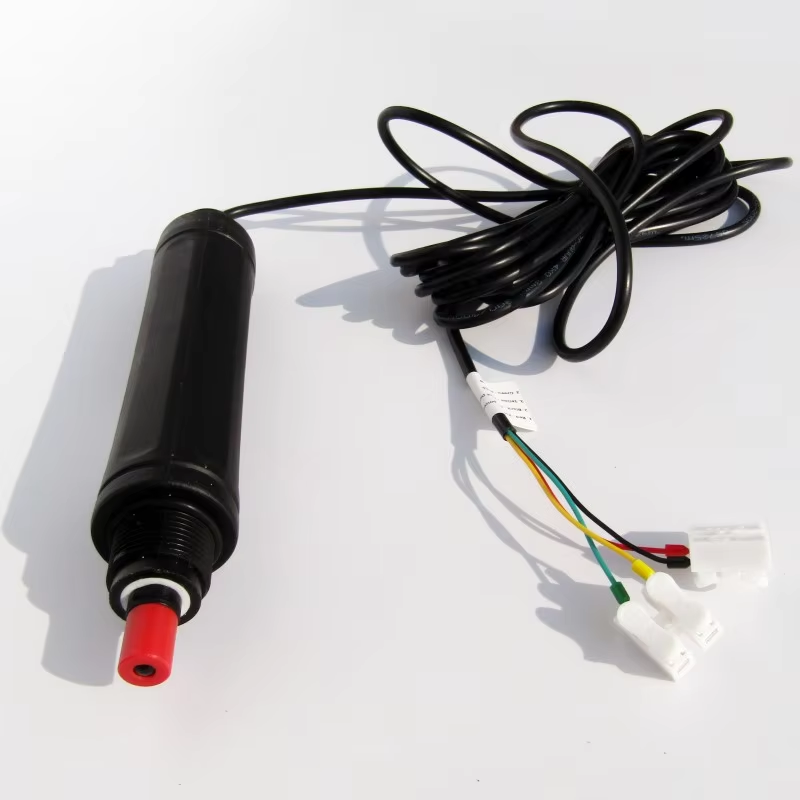Background of Water Quality Monitoring and Ammonium Pollution Challenges in Malaysia
As an important agricultural and industrial nation in Southeast Asia, Malaysia faces increasingly severe water pollution challenges, with ammonium ion (NH₄⁺) contamination emerging as a critical water safety indicator. With the advancement of national environmental projects like Malaysia’s “River of Life” program, ammonium ion sensor technology has gained widespread application across the country, forming multi-level use cases from urban river rehabilitation to agricultural aquaculture.
Malaysia boasts abundant water resources, including numerous rivers, lakes, and groundwater sources that serve as drinking water for millions while supporting agricultural irrigation, industrial production, and ecosystems. However, rapid urbanization and agricultural development have placed tremendous pressure on Malaysia’s water environment, with ammonium pollution becoming one of the most prominent issues. Ammonium ions primarily originate from agricultural fertilizer runoff, domestic sewage, and industrial wastewater. Excessive concentrations not only cause water eutrophication but also pose health risks through conversion to nitrites and nitrates, particularly increasing the risk of infant methemoglobinemia (blue baby syndrome).
Data from Malaysia’s Department of Environment shows ammonium concentrations in many major rivers have exceeded the 0.3mg/L alert threshold. The Klang River—Kuala Lumpur’s “mother river”—consistently shows downstream ammonium levels of 2-3mg/L, far exceeding WHO drinking water standards. This is particularly severe in Selangor’s agricultural areas and Penang’s industrial zones, where ammonium pollution has become a bottleneck for sustainable development.
Traditional monitoring methods face multiple limitations in Malaysia:
- Laboratory analysis takes 24-48 hours, unable to reflect real-time changes
- Manual sampling struggles with Malaysia’s complex geography
- Fragmented data across agencies lacks unified management
These factors hinder effective responses to ammonium pollution challenges.
Technological Principles of Ammonium Sensors and Their Suitability for Malaysia
Modern ammonium sensors deployed in Malaysia primarily use three detection methods, each with distinct advantages for different monitoring scenarios:
- Ion-Selective Electrode (ISE) Technology
- Most widely used in Malaysia
- Measures potential changes across an ammonium-sensitive membrane
- Advantages: Simple structure, low cost, rapid response (<2 minutes)
- Example: Xianhe Environmental’s improved ISE sensors in the Klang River project achieve ±0.05mg/L accuracy with temperature compensation and anti-interference coatings
- Optical Fluorescence Technology
- Colorimetric Technology
- Measures color changes from ammonium-indicator reactions
- Slower response (15-30 minutes) but highly selective
- Ideal for agricultural applications
- Example: MARDI’s precision irrigation monitoring
- We can also provide a variety of solutions for
1. Handheld meter for multi-parameter water quality
2. Floating Buoy system for multi-parameter water quality
3. Automatic cleaning brush for multi-parameter water sensor
4. Complete set of servers and software wireless module, supports RS485 GPRS /4g/WIFI/LORA/LORAWAN
Please contact Honde Technology Co., LTD.
Email: info@hondetech.com
Company website: www.hondetechco.com
Tel: +86-15210548582
Post time: Jun-23-2025


